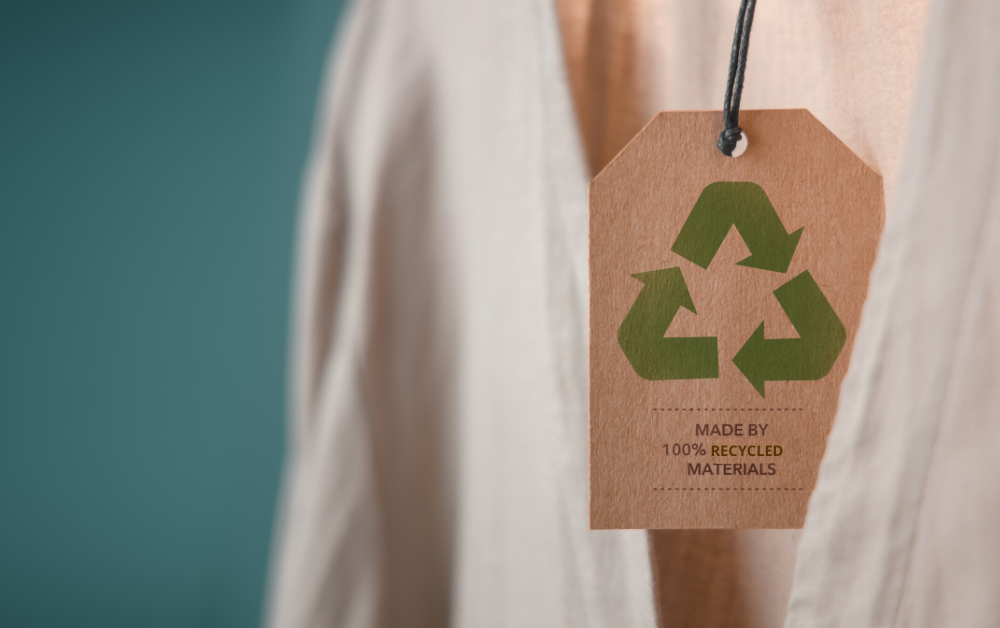Projected Textile Trends for 2023
by ajones | Jan 4, 2023 | Sustainability, retail, technology | No Comments

This post discusses what trends will take precedence in 2023 in the areas of sustainability, technology, and retail. Members of the ProTecht® team have added their observations.
Sustainability
Brands and retailers understand that they want to keep sustainable features at an affordable price, assuming that we will move into 2023 with inflation impacting the global economy. Jim Krueger states, “The current economic conditions are having an impact on sustainability efforts. For instance: Brands and retailers want to use sustainable materials but many will only do so if the sustainable materials are at the same cost (or less) than the current materials they use even though consumer studies indicate that the majority of consumers are willing to pay more for sustainable products. Is there a disconnect and is this likely to increase greenwashing?”
“Based on my recent interactions with a few designers, the big trend will be fabrics and apparel with low carbon footprints,” states Prem Sadhwani. Shauna Ge adds, “Regarding the fabric trend, it looks like the industry is going back to nature and looking to natural textiles from plants, the ocean and food waste to produce sustainable textiles, there has luckily been a strong movement towards ‘eco-friendly’ fashion.” Sustainability certifications will continue to be an industry standard and these claims should be communicated on product packaging so consumers understand its “eco-friendly” impact.
Technology
The textile industry is rapidly changing due to growing consumer product expectations. With many brands and retailers adopting various innovative technologies to aid textile durability and extend the product life cycle, this has become a standard requirement that brands and retailers need to maintain. “With this in mind, I believe the industry will continue to move away from metal-based antimicrobial features and move towards more sustainable odor management features,” says Angie Karsama. “Consumers are going to continue to look for built-in features such as cooling, moisture wicking, and odor management technologies before they make a purchase decision.”
In general, the shift towards more sustainable and eco-friendly features will be on the rise in 2023. Will Burnette anticipates that more brands and retailers will move to non-biocidal technologies this year.
Retail
Intelligence Node (2022) states that “eCommerce and omnichannel are the future and 2023 would be all about being flexible, consumer-centric, and fortifying retail-tech capabilities to thrive in the digital-driven retail economy. In fact, eCommerce spending is expected to reach $36 billion in 2023– a 20% projected increase from 2022.” This will require retailers to implement analytics and technology. Intelligence Node lists eight key consumer shopping trends that retailers should be aware of:
- Social commerce will continue to take momentum because of its convenience and unobtrusive advertising. Influencer marketing will continue its momentum, targeting Millennials and Gen Z.
- Personalized shopping experiences will continue to become more vital for retailers, as 60% of shoppers say they are more likely to return to a business when offered a personalized shopping experience with custom promotions and offers in exchange for their data.
- Reviews and ratings will grow in importance. A LinkedIn poll by Intelligence Node found that 41% of respondents stated they find consumer reviews and ratings the most important factor in making an online purchase, while only 20% felt the same about low prices. A survey by Ogilvy found that 80% of Gen Z consumers claimed to change their mind about making a purchase after seeing negative reviews.
- The circular economy will gain further momentum. A study by Growth for Knowledge found that 52% of consumers care more about sustainability due to the pandemic. And 65% of shoppers already use resale, or recommerce, services.
- The metaverse– a connected virtual world where individuals can come together, work, and shop– will create waves. This will be especially important in finding and influencing consumers of the future, as 51% of metaverse users are 13 years old or younger.
- Direct-to-consumer (DTC) businesses will thrive. DTC brands own the whole relationship with a consumer, including marketing, sales, and distribution, which enables them to form more personalized relationships with customers, follow trends closely, and use data to personalize effectively.
- Private label brands will grow further. They have lost the reputation of being substandard, can avoid many marketing costs carried by their branded counterparts, and offer on-trend, affordable, and competitive alternatives.
- Analytics and AI-driven technology will continue to be adopted more and more. To meet consumer demands for smooth, customized experiences, retailers have to juggle customer data, market and shopper trends, prices based on competition, rankings, fulfillment and delivery, etc. All that requires AI and automation.
References
Intelligence Node. (2022). Preparing for 2023: Retail trends to watch out for. https://www.intelligencenode.com/blog/retail-trends-to-watch-out-for/

How Antimicrobials Provide Value for Textile Products
The concerns surrounding the global pandemic have undoubtedly brought attention to the importance...

The Importance of Standardized Antimicrobial Testing
The International Antimicrobial Council (IAC) is a not-for-profit organization dedicated to...

Pet-Friendly Performance with ProTecht® MFA
According to a 2021 study conducted by the American Pet Products Association, 70% of U.S. consumer...


